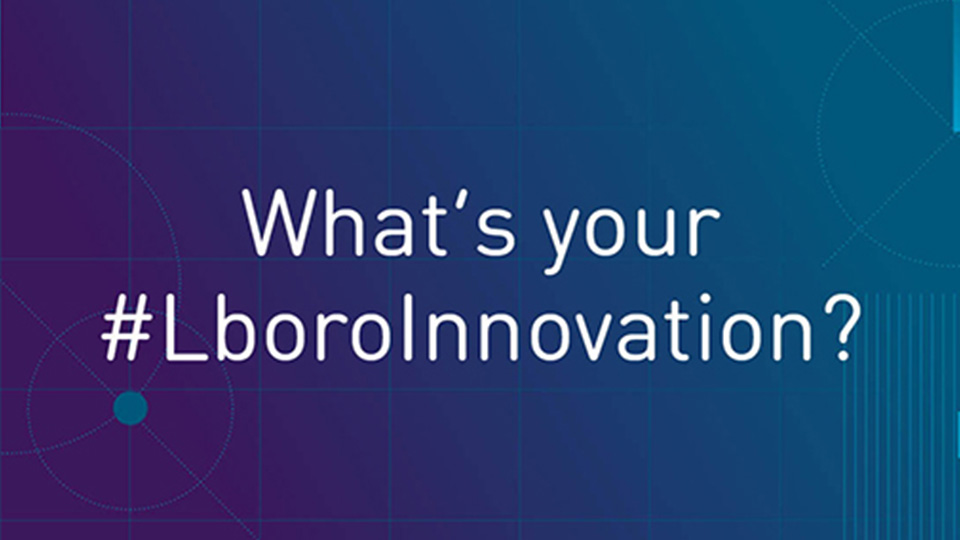This led to the alumnus conducting some research into lightning damaged telco systems and he investigated ways to provide solutions to networks for lightning and surge protection.
Hartono took an interest in buildings damaged by direct lightning strikes. He discovered that over 90% of lightning strikes which damage buildings occurred at the corners and sharp points of the roofs.
The alumnus developed a design model, the Collection Surface Method, and published a paper detailing his findings.
This method can accurately predict where a lightning strike can occur on a building and make it easy for engineers to design lightning protection on the building.
The published paper was popular throughout the world. An Australian lightning expert, Professor Darveniza, took an interest in Hartono’s findings and helped to raise awareness about it with experts. He suggested that the findings could further improve the then existing lightning protection standards.
In 2003, the findings were included in the Australian lightning protection standard and in 2006 it was included in the international lightning protection standard.
